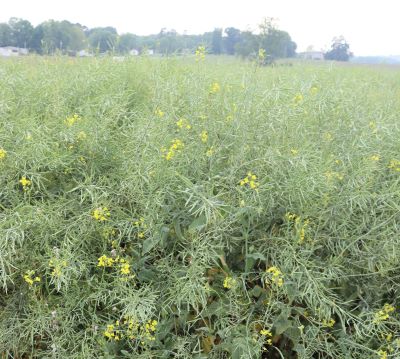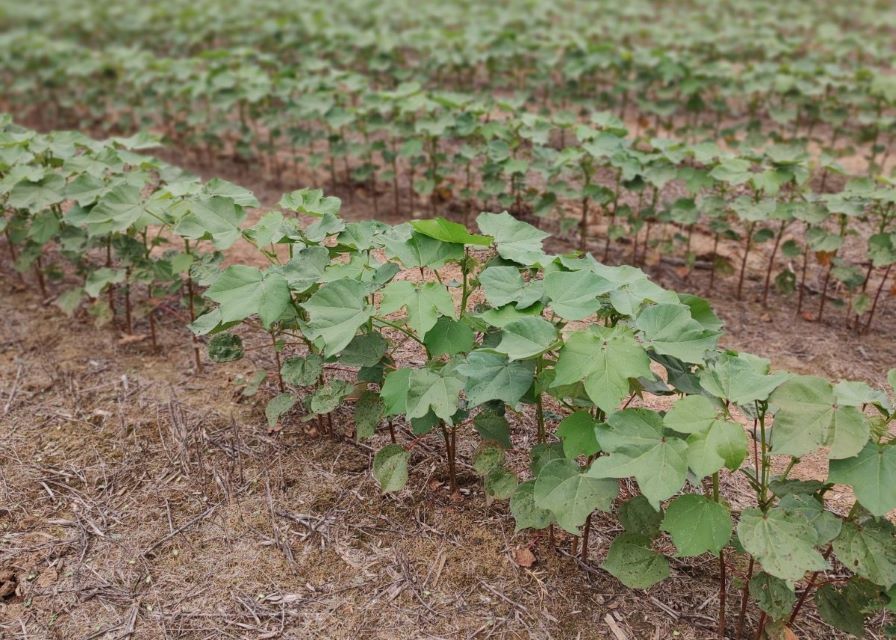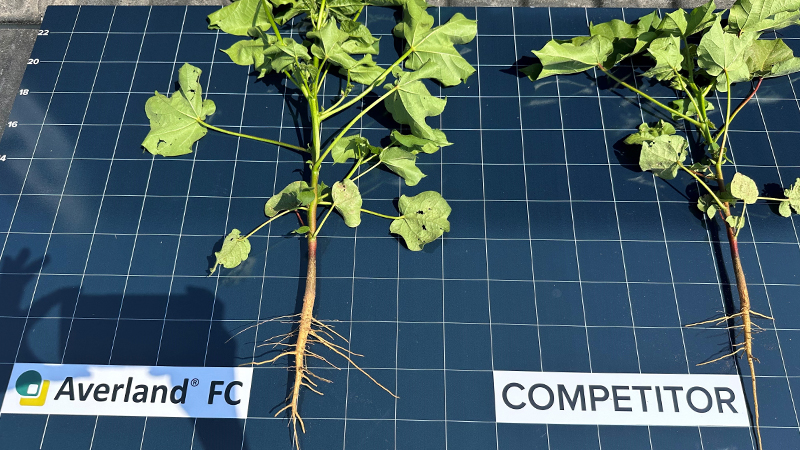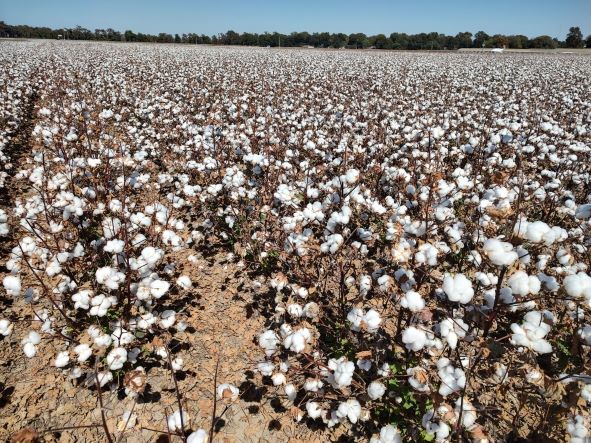New Cover Crop Option for Northern Delta?
 Winter canola (Photo: Jim Steadman)
Winter canola (Photo: Jim Steadman)
The use of cover crops in row crop production is not a new concept, as more and more growers adopt the practice each growing season. But a new commercial collaboration between Corteva, Bunge, and Chevron may add a new wrinkle to southern cover crop options.
The companies are working together to introduce proprietary winter canola hybrids that produce plant-based oil with a lower carbon profile to help create a new revenue opportunity for growers with a sustainable rotational cash crop. The goal is to help increase availability of vegetable oil feedstocks, primarily for use in renewable fuels. And the options and potential value of using winter canola as a cover crop in rotation with winter wheat looks promising.
“We have been breeding winter canola, and canola in general, for decades, so we have a system set up from a research and seed production standpoint,” says Chad Berghoefer, Global Product Director, Biofuels for Corteva. “Part of introducing it into a new geography is seeing how it will fit into existing cropping systems and be complementary to current summer crops.
“It’s rare that you have a situation where you can bring a new cropping system and opportunity to growers that has the research and seed production side, along with the logistics and crusher part, and the actual end user to make it into a viable product like renewable fuel or sustainable aviation fuel, all working together.”
Currently, the program has approximately 5,000 acres in test sites in Western Kentucky and West Tennessee, with plans to expand into Southern Illinois and the northern regions of Alabama, Mississippi, and Arkansas in 2024. The current winter canola hybrid available works best when planted in mid-September and harvested in late May/early June, within the current timeline for double cropped soybeans.
Fit for Cotton?
Berghoefer says Corteva currently has up to 400 different hybrids in test to determine newer, shorter-season varieties that would potentially fit a cover crop/cotton program in the northern Mid-South area.
“That is ultimately our goal,” says Kyle Holmberg, Senior Agronomist for the Southeast Area for Corteva Pioneer. “We would love to have a hybrid that would be harvested around May 10, allowing cotton to go in right behind it. What we don’t want to do is sacrifice yield in the canola crop. Through our research and variety trials, I think we’ll be able to identify a couple of hybrids that give us everything we want — the vigor, the yield, the disease resistance, the earlier maturity, and shatter tolerance.”
In addition to company trials, the venture group is also working with university researchers in multiple states, including Arkansas, Mississippi, Alabama, and Tennessee, to help determine things like nitrogen application, population studies, and row studies.
Getting Involved
Bunge and Chevron have established a joint venture, Bunge Chevron Ag Renewables, which is in the process of constructing a new facility in Louisiana to process canola, wheat, and other soft seeds. That facility is due to go online in 2026.
If interested and would like to join the program, contact your local Bunge representative to sign up a specific number of acres. Pioneer will provide seed, agronomic guidance, and stewardship support through its local area experts.
Production acres will be contracted at a fixed price based on the July 2025 Canola Futures, +/- local area basis. An Act of God clause is included, and additional pricing alternatives are available. Grain should be delivered to a designated loading facility for payment by Bunge Chevron Ag Renewables.









